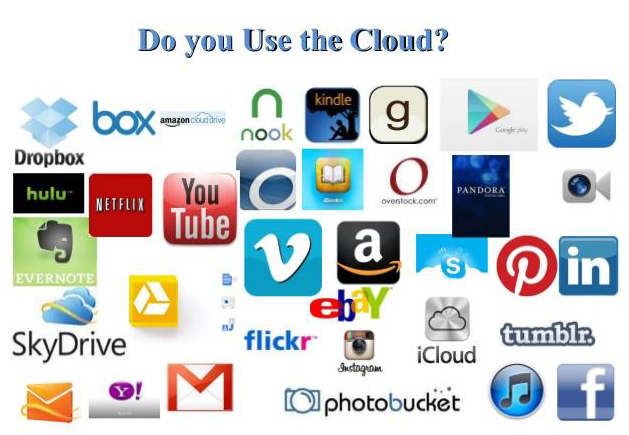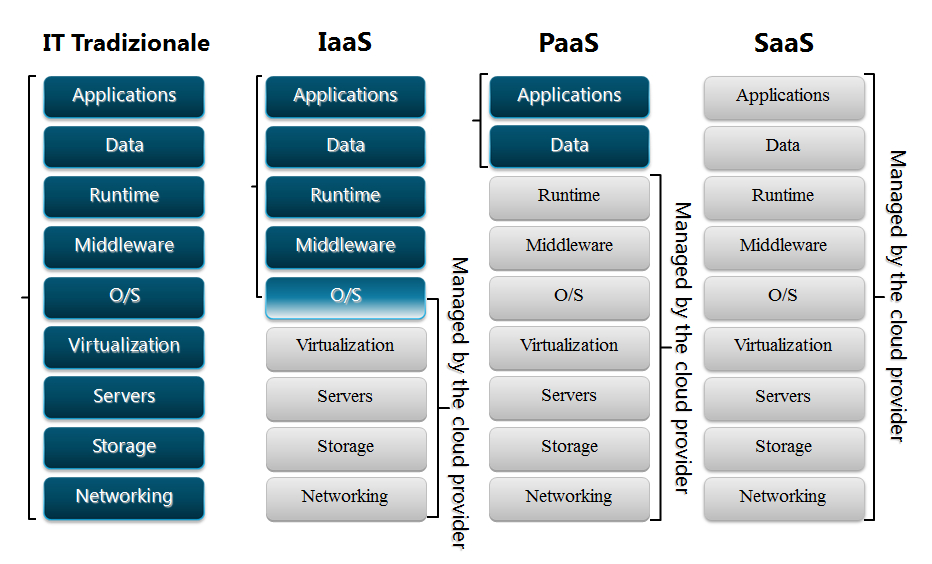Cloud Computing = Software as a Service (SaaS)
+ Platform as a Service (PaaS)
+ Infrastructure as a Service (IaaS)
1) IaaS (Infrastructure as a Service):
a. Delivers computer infrastructure, typically a platform virtualization environment as a service.
b. Cloud providers build datacenters, managing power, scale, hardware, networking, storage, distributed systems, etc…
c. Rather than purchasing servers, software, data center space or network equipment, clients instead buy those resources as a fully outsourced service.
d. Eg: Amazon Web Services(AWS), Rackspace Hosting, VMWare, Citrix, Azure, Google Cloud
2) PaaS (Platform as a Service):
a. Provides developer’s necessary tools to create, test, host and maintain created applications.
b. Cloud providers offer an Internet-based platform to developers who create services but don’t want to build their own cloud.
c. Ex: Microsoft Azure, Google Cloud, AWS
3) SaaS (Software as a Service):
a. SaaS is a software delivery methodology that provides licensed multi-tenant access to software and its functions remotely as a Web-based service.
b. From end user’s point of view apps are located in the cloud and it is almost always accessible through a web browser.
c. Any application hosted on a remote server that can be accessed over the Internet is considered as SaaS.
d. Usually billed based on usage and a multi-tenant environment.
e. Ex: Microsoft Azure, Gmail, Google Apps (Office like features), Sales Force CRM

The following picture neatly summarizes the functionality of the three service models of the cloud.


